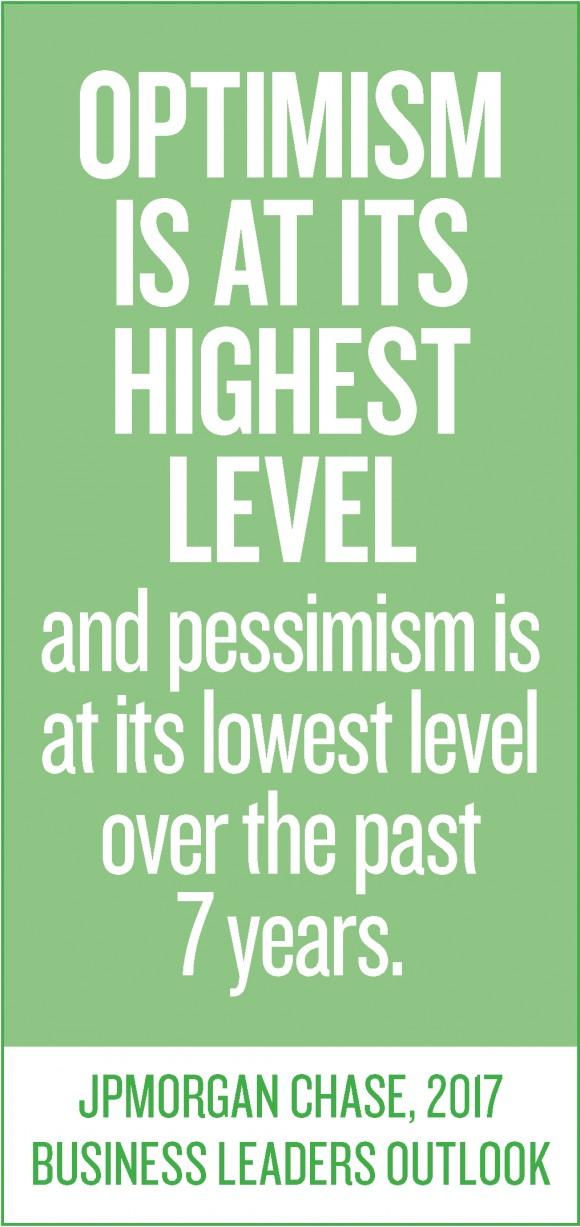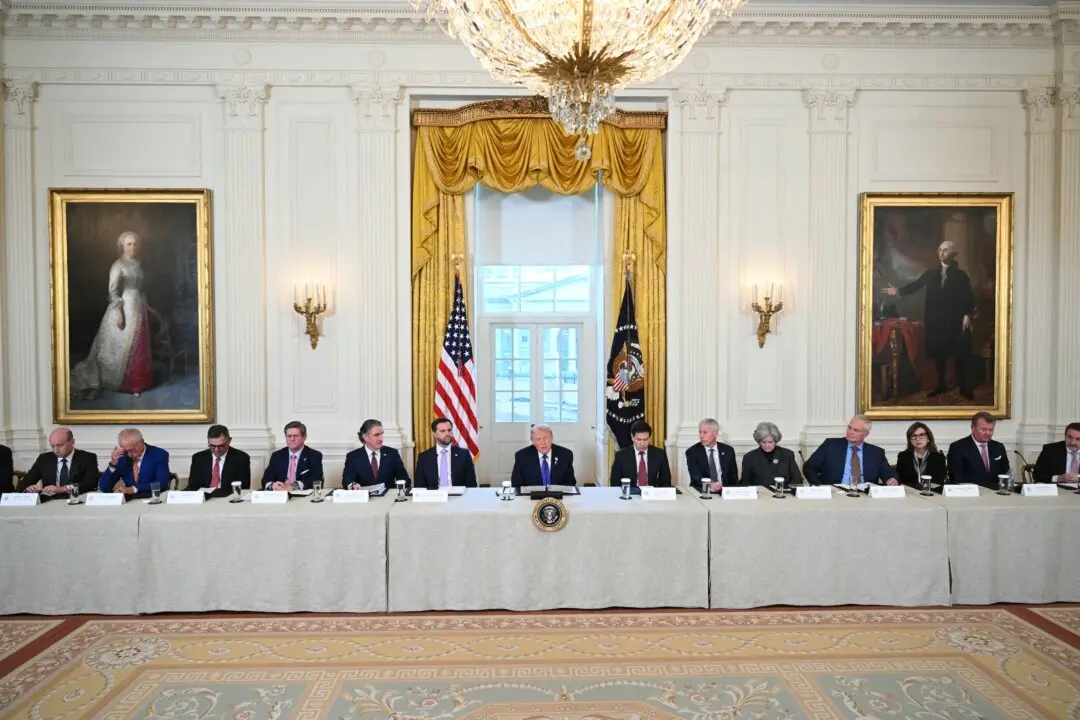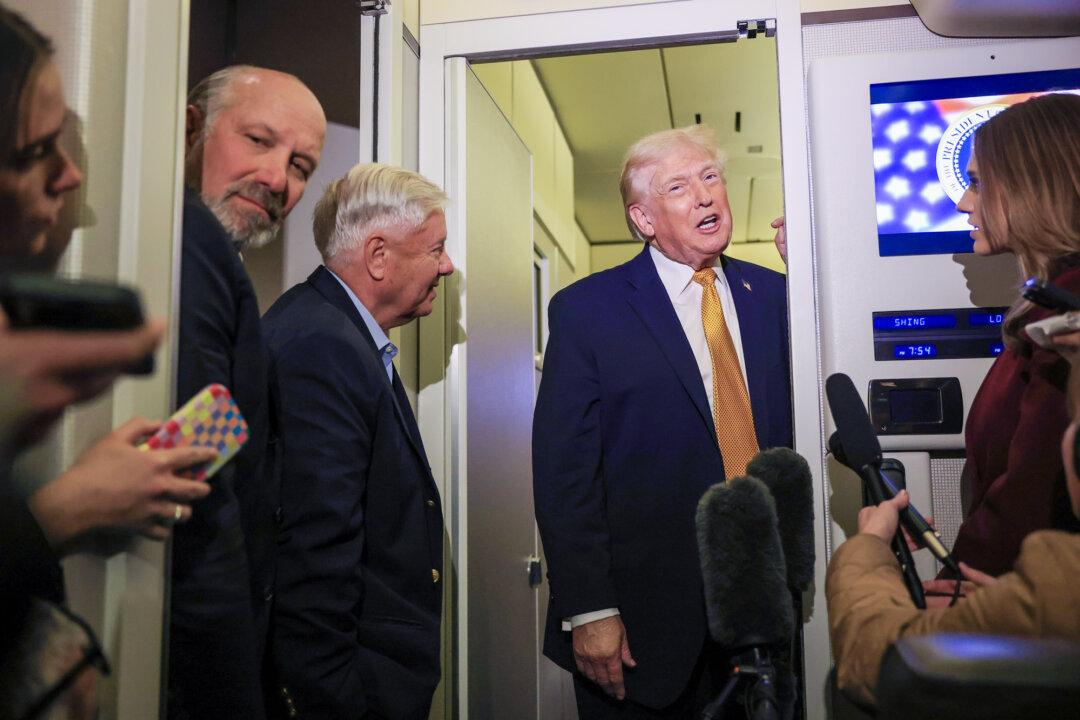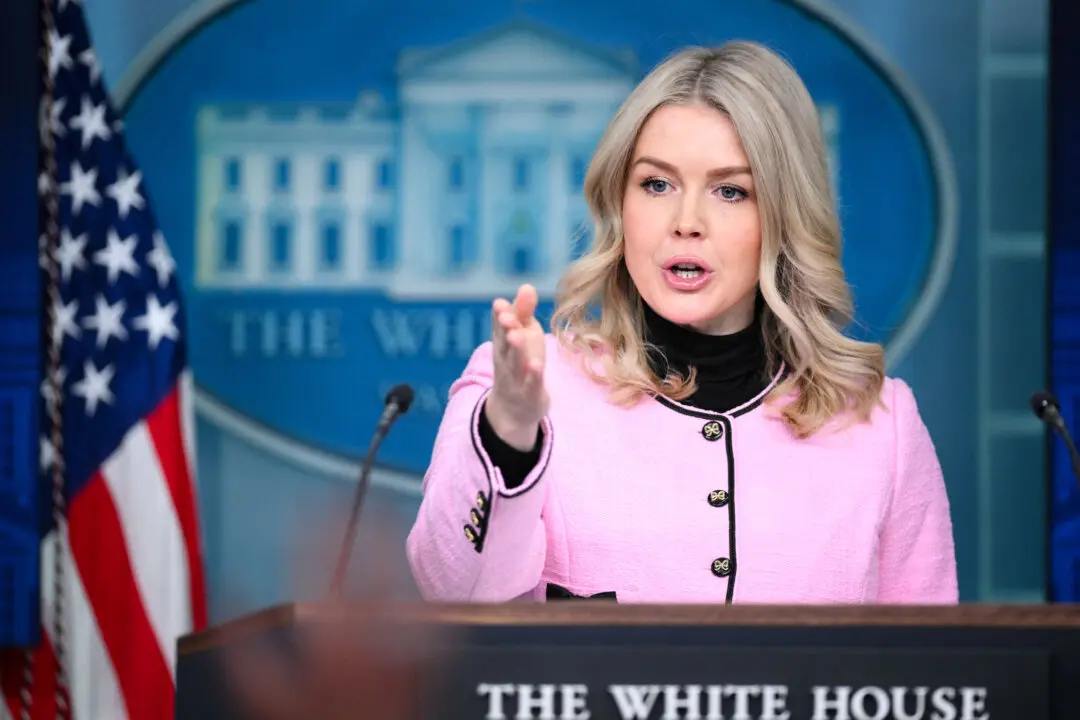NEW YORK—Optimism within the nation’s business world is soaring—reaching its highest levels in years. Yet recovery from the 2008 financial crisis has been weaker than expected, with slow GDP growth. So what is making business owners so confident?
The answer is a heady combination of positive economic indicators that were already in motion at the end of last year, coupled with many business-friendly promises from the new president—including tax reform, regulatory relief, a new health care regime, and more infrastructure spending. Although President Donald Trump hasn’t had time to show if he can deliver on those promises, confidence is certainly in the air.

*





